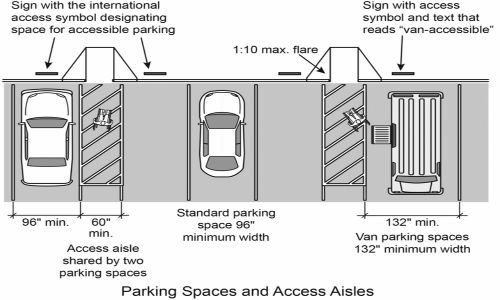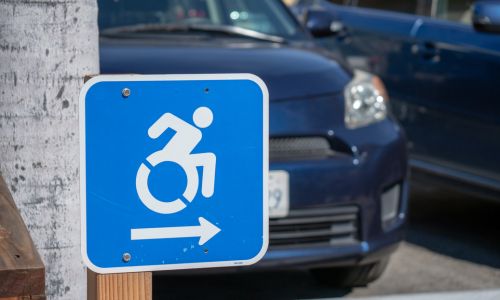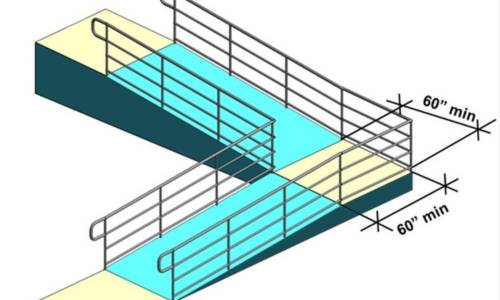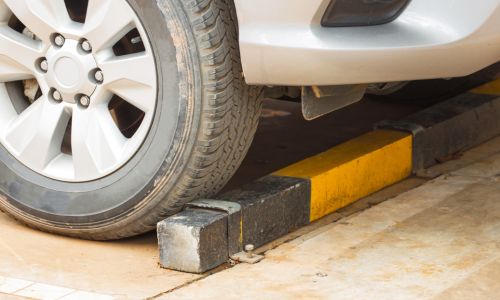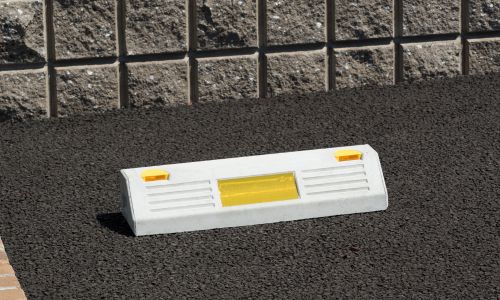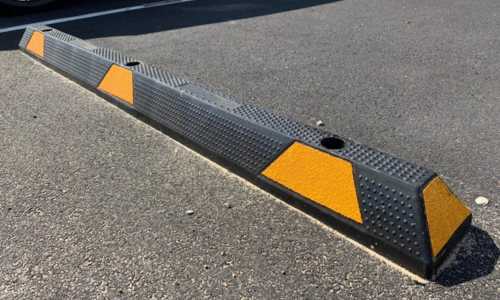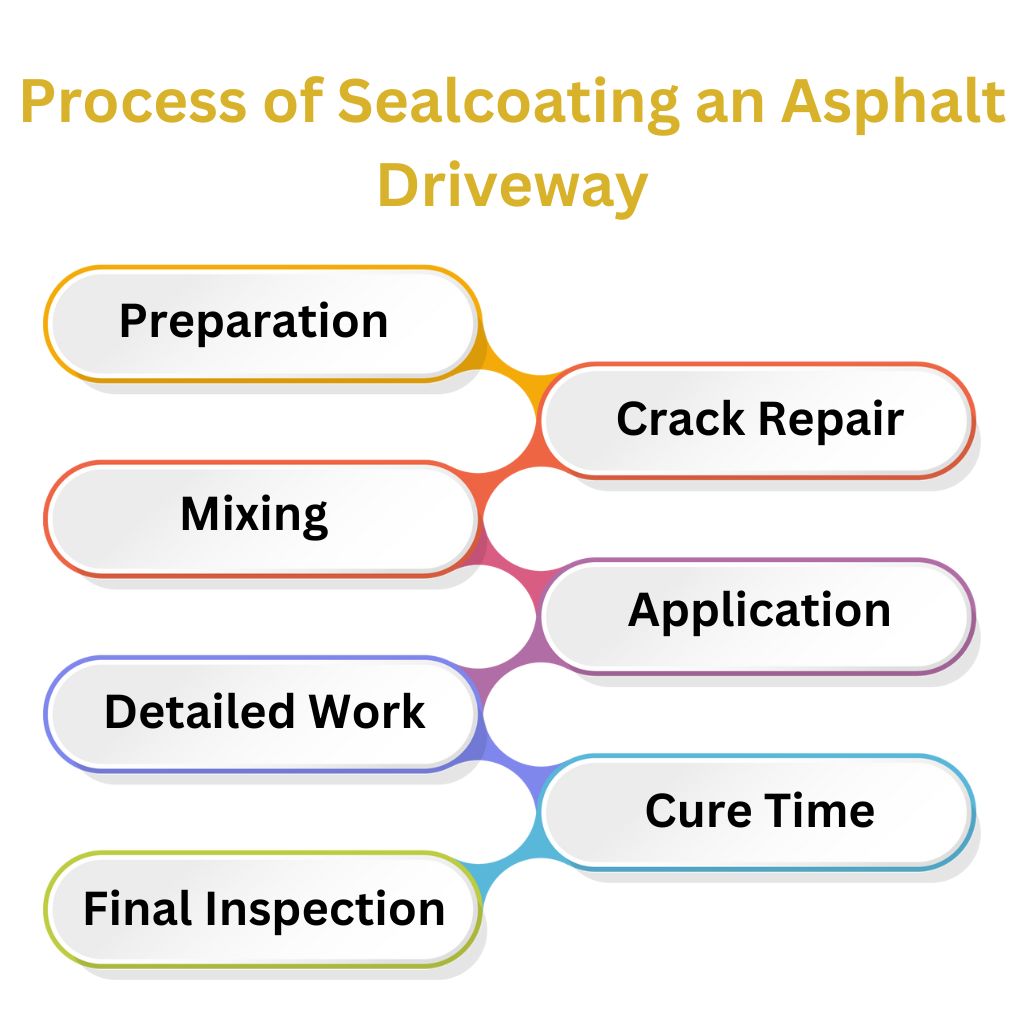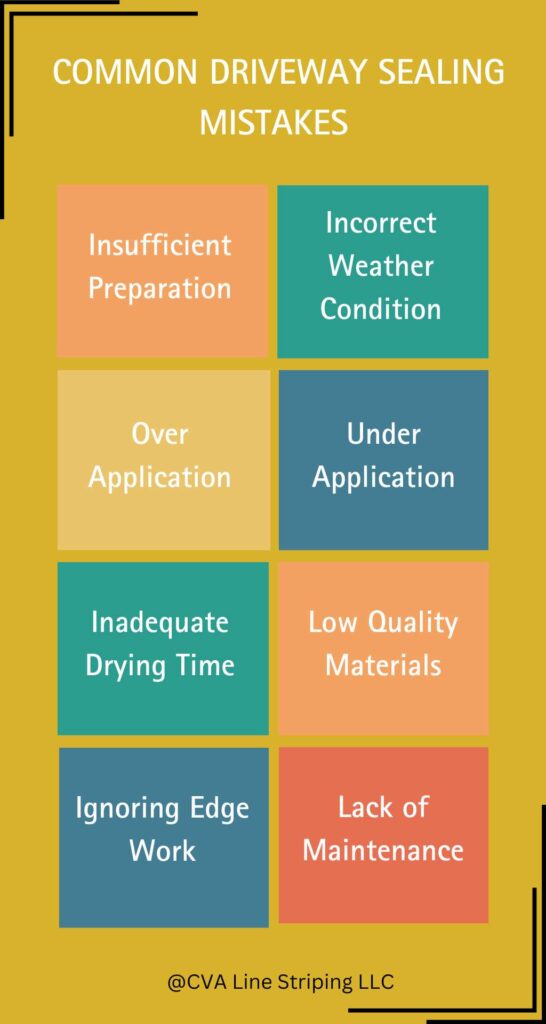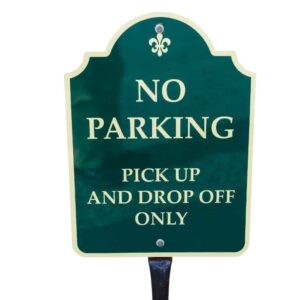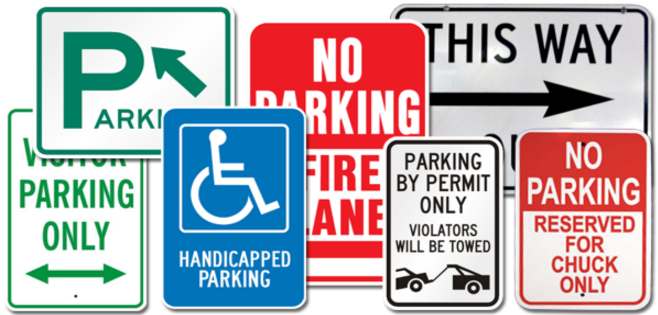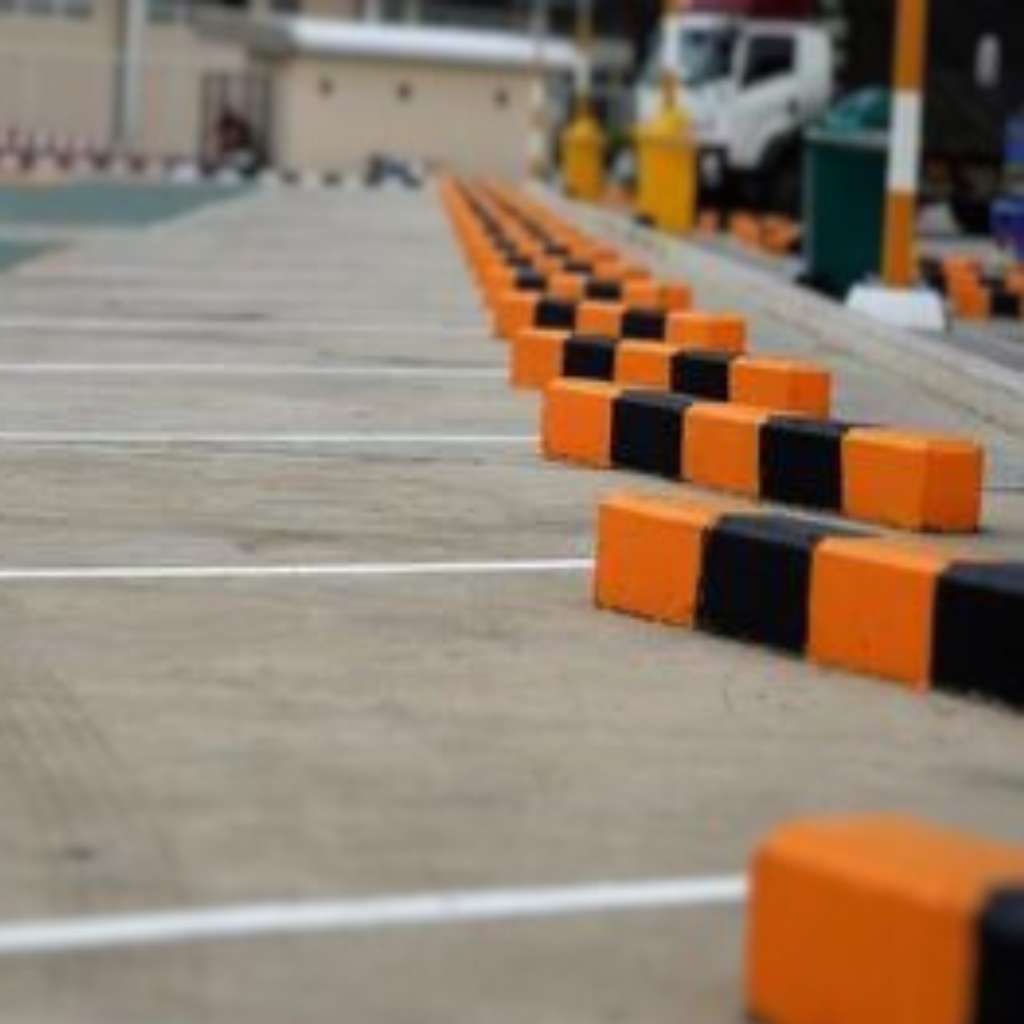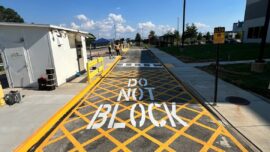Welcome to our comprehensive guide on the best Richmond parking lot striping machines available in the market. As experts in the field, we understand the importance of reliable equipment in achieving crisp, well-defined lines for your parking lot. In this review, we’ll dive deep into the top picks, offering detailed insights, performance evaluations, and user feedback to help you make an informed decision that suits your specific needs and preferences.
Whether you’re a seasoned professional or a DIY enthusiast, finding the right striping machine can make all the difference in achieving professional-grade results. Join us as we explore the features, capabilities, and real-world experiences with the leading striping machines, empowering you to choose the perfect tool for your striping projects.
Factors to Consider When Choosing a Richmond Parking Lot Striping Machine
When you’re in the market for a Richmond parking lot striping machine, you want to ensure you’re making the right choice. After all, it’s an investment in your business or organization’s infrastructure. So, what should you consider when selecting the perfect machine for your needs?
Durability and Build Quality
One of the first things you’ll want to look at is the machine’s durability and build quality. You need something that can withstand the rigors of regular use and the unpredictable weather conditions it may face outdoors. Sturdy construction ensures longevity and reliability, saving you time and money on repairs or replacements down the line.
Ease of Use and Maneuverability
No one wants to deal with a complicated piece of equipment, especially when time is of the essence. That’s why it’s essential to choose a striping machine that is easy to use and maneuver. Look for features like intuitive controls and ergonomic design that make operation a breeze. Plus, excellent maneuverability means you can navigate around obstacles and tight spaces with ease, ensuring precise striping every time.
Paint Compatibility and Capacity
Of course, the machine’s compatibility with the type of paint you plan to use is crucial. You don’t want to invest in a machine only to find out it’s not compatible with your preferred paint. Additionally, consider the machine’s paint capacity to ensure it can hold enough paint for your projects without needing constant refills. This saves you time and increases efficiency, allowing you to complete jobs faster.
Price and Value for Money
Budget is always a consideration when making any purchase, and a lot striping in Richmond machine is no exception. However, it’s essential to weigh the upfront cost against the machine’s features, performance, and longevity. Sometimes, spending a little more upfront on a higher-quality machine can save you money in the long run by reducing maintenance costs and downtime.
Customer Reviews and Ratings
Finally, take the time to research customer reviews and ratings of the striping machines you’re considering. Hearing from other users about their experiences can provide valuable insights into the machine’s reliability, performance, and customer service. Look for machines with consistently positive reviews and high ratings to ensure you’re making a sound investment.
Top Picks for the Best Richmond Parking Lot Striping Machines
Investing in a high-quality Richmond, VA parking lot striping machine can significantly improve the efficiency and professionalism of your line striping projects. Here are our top picks for the best parking lot striping machines, offering a range of features to suit different needs and budget.
1. Titan PowrLiner 850 Field Striping Machine

Why to Buy:
- Compact and Lightweight: Weighing only 65 lbs (30 kg), it is easy to transport and store.
- Ease of Use: It is ideal for smaller jobs on pavement, grass, or turf and fits in most automobile trunks.
- Professional Quality: Provides professional-quality lines despite its compact size.
- Cost-Effective: A low-cost entry to professional line striping, suitable for small parking lots and athletic fields.
2. Titan PowrLiner 3500 Line Stripers Spray

Why to Buy:
- Reliable Performance: Designed for continuous daily use on asphalt, turf, and grassed athletic areas.
- User Comfort: The 65° frame stem design reduces user fatigue. Compatible with both water-based and oil-based paints.
- Consistent Lines: A continuously stroking system ensures consistent line quality.
- Medium-Sized Projects: Ideal for medium-sized parking lots and athletic fields.
3. NewStripe RollMaster 1000 Parking Lot Striping Machine

Why to Buy:
- Budget-Friendly: Perfect for simple striping jobs on flat surfaces.
- Portability: Handle folds for easy portability and storage. Lightweight and easy to operate.
- Ease of Use: Walk-behind design with a mechanical wheel for consistent lines.
- Small Jobs: Ideal for small parking lots, warehouse floors, and sports fields.
4. NewStripe Airless Striping Machine 4250
Why to Buy:
- Versatility: Suitable for both even and uneven surfaces. Self-propelled motor and adjustable pump pressure up to 3,000 psi.
- User-Friendly: Handle-mounted controls for easy operation and precision.
- Compact Design: Lightweight and compact for easy maneuverability and storage.
- Mid-Range Projects: Perfect for medium-sized parking lots and athletic fields.
5. Titan PowrLiner 4955 Line Stripers Spray

Why to Buy:
- Heavy-Duty Performance: Built for contractors handling medium to large-scale striping projects.
- Flexibility: Can spray on the left, right, front, or rear. Equipped with an S-3 spray gun and a 45-liter paint hopper.
- Enhanced Productivity: Designed for quick and efficient completion of large jobs.
- Large-Scale Projects: Suitable for large parking lots, roads, and athletic fields.
How to Maintain Your Richmond Parking Lot Striping Machine
Maintaining your Richmond lot striping machine in Richmond, VA is essential to ensure its longevity and optimal performance. Here are some tips to keep your machine in top condition:
- Regular Cleaning and Inspection: Keep your striping machine clean and free from dirt, debris, and paint residue. Regularly inspect all components for signs of wear, damage, or corrosion. Address any issues promptly to prevent further damage and ensure smooth operation.
- Lubrication of Moving Parts: Proper lubrication is vital to reduce friction and wear on moving parts. Refer to the manufacturer’s guidelines for recommended lubricants and lubrication intervals. Apply lubrication as needed to keep the machine running smoothly.
- Calibration and Adjustment: Periodically calibrate and adjust your striping machine to maintain accuracy and precision in line striping. Check and adjust the spray gun alignment, paint flow rate, and other settings as necessary. This ensures consistent and professional results with each use.
- Storage and Protection: When not in use, store your striping machine in a clean, dry, and secure environment. Protect it from extreme temperatures, moisture, and direct sunlight, which can degrade components and paint quality. Use covers or storage bags to shield the machine from dust and debris.
Richmond Parking Lot Striping Machine FAQs
What Type of Paint Should Be Used With Parking Lot Striping Machines?
Parking lot striping machines are compatible with various types of striping paint, including water-based, oil-based, and thermoplastic paints. Choose a paint type based on your specific application needs and environmental conditions.
How Often Should Parking Lot Lines Be Repainted?
The frequency of repainting parking lot lines depends on factors such as traffic volume, weather conditions, and paint quality. In general, lines should be repainted every 1-3 years to maintain visibility and safety.
Can Parking Lot Striping Machines Be Used for Other Purposes?
While parking lot striping machines are designed for line striping, some models may have additional attachments or capabilities for other applications such as pavement marking, athletic field striping, or stencil work.
Can You Use Striping Paint Without a Machine?
Yes, striping paint can be applied manually using handheld striping wands, brushes, or rollers. However, using a striping machine offers greater efficiency, accuracy, and consistency, especially for larger parking lots or professional applications.
How Do I Choose the Right Parking Lot Striping Machine for My Needs?
When choosing a parking lot striping machine, consider factors such as paint capacity, maneuverability, durability, and ease of use. Evaluate your specific requirements and budget to select the machine that best fits your needs.
What Is the Average Cost of a Parking Lot Striping Machine?
The cost of a parking lot striping machine varies depending on factors such as brand, model, features, and accessories. Prices can range from a few hundred dollars for basic models to several thousand dollars for commercial-grade machines.
Are Parking Lot Striping Machines Easy to Use for Beginners?
While parking lot striping machines may have a learning curve, many models are designed with user-friendly features and intuitive controls. Beginners can start with entry-level machines and gradually gain proficiency through practice and training.



